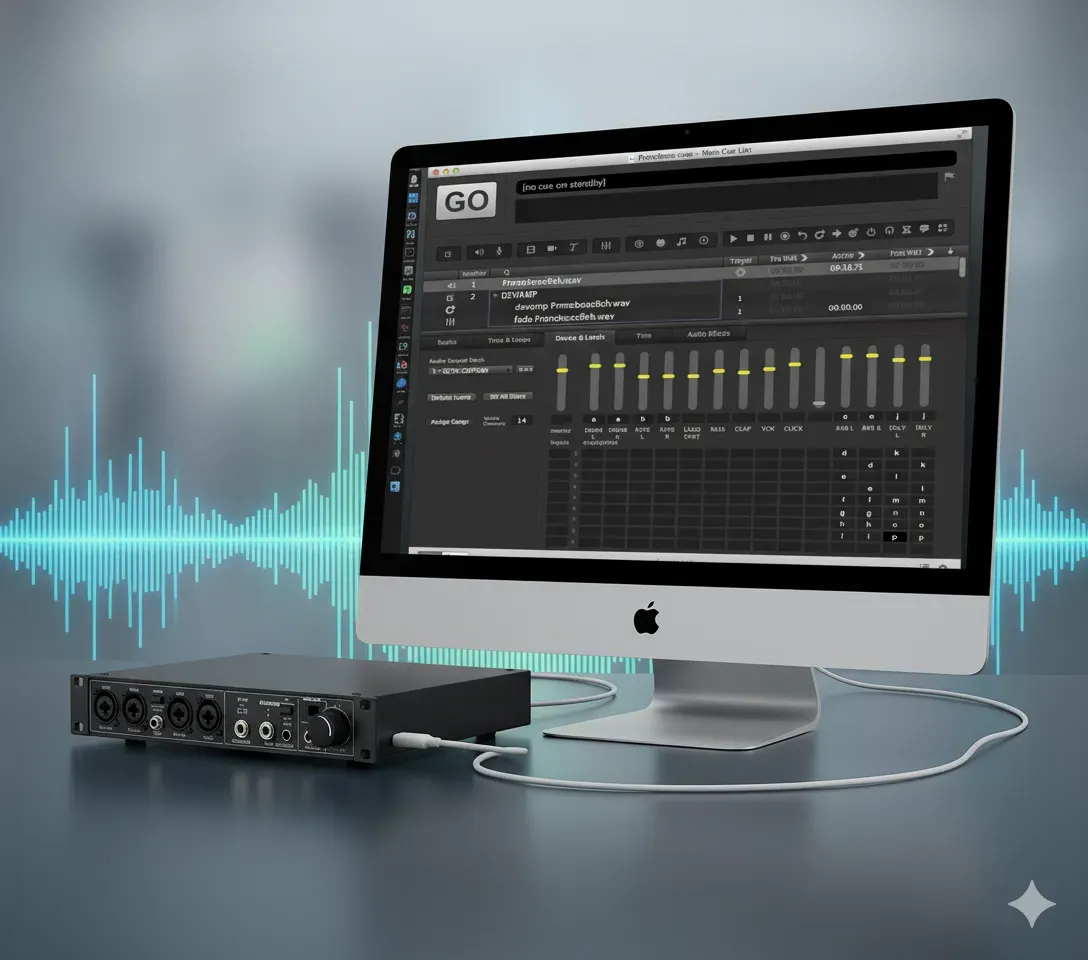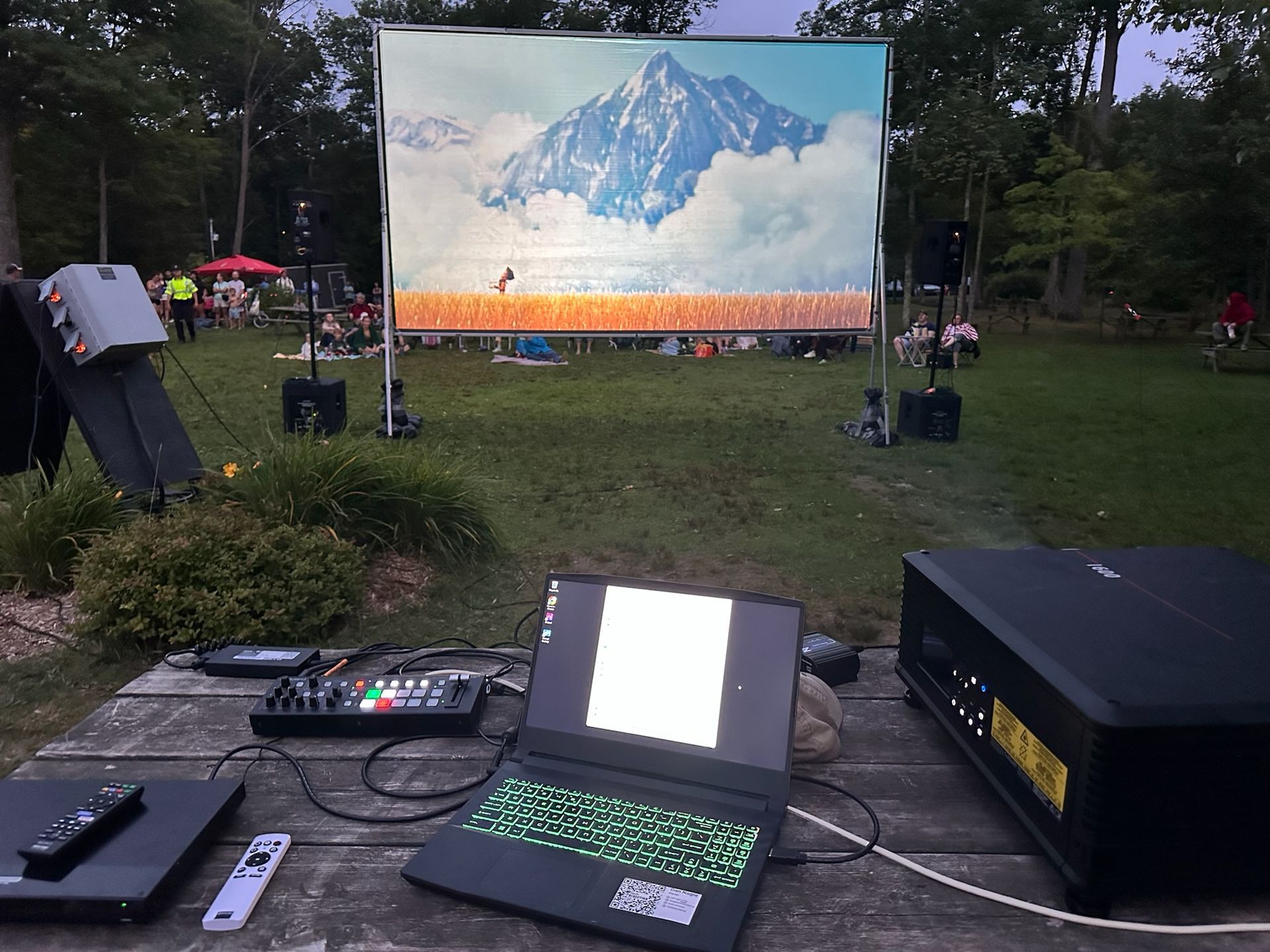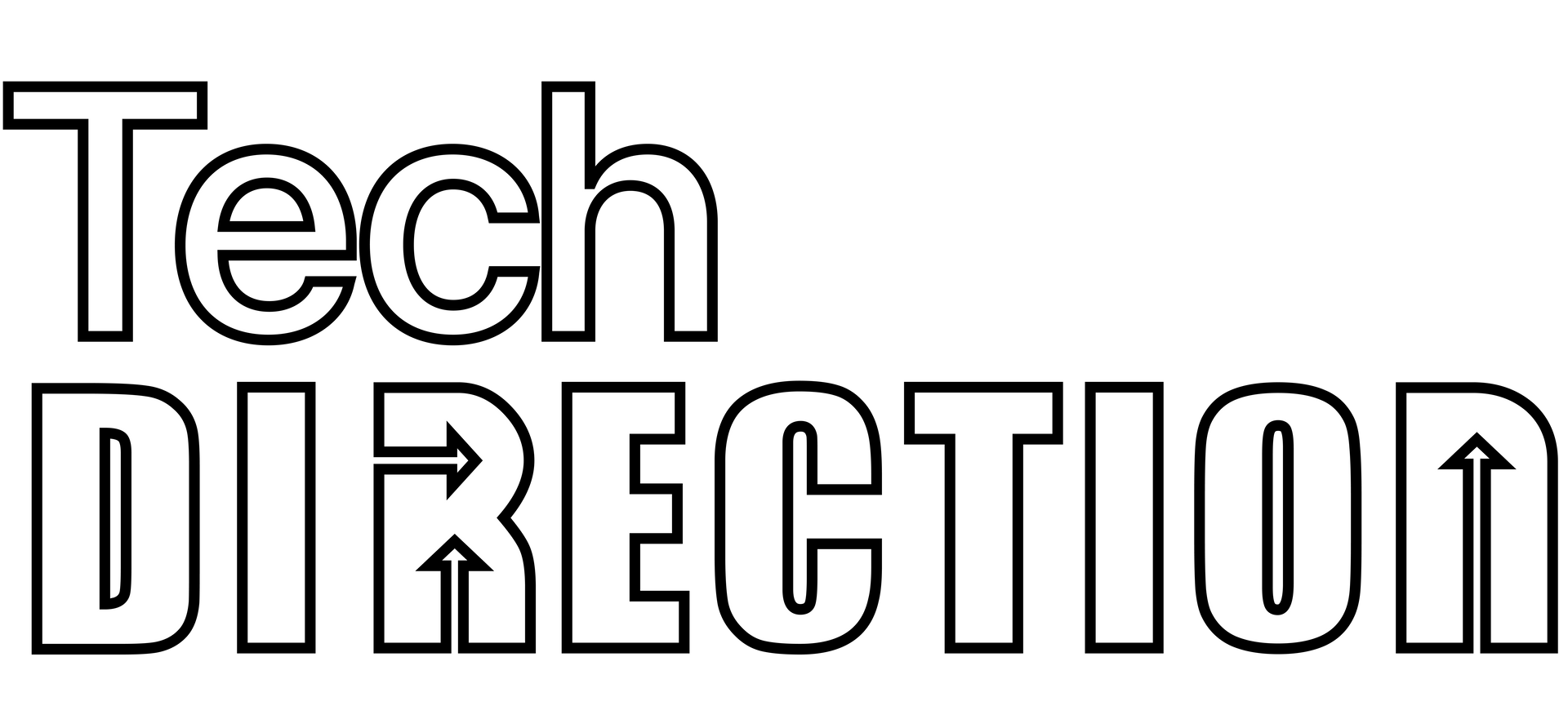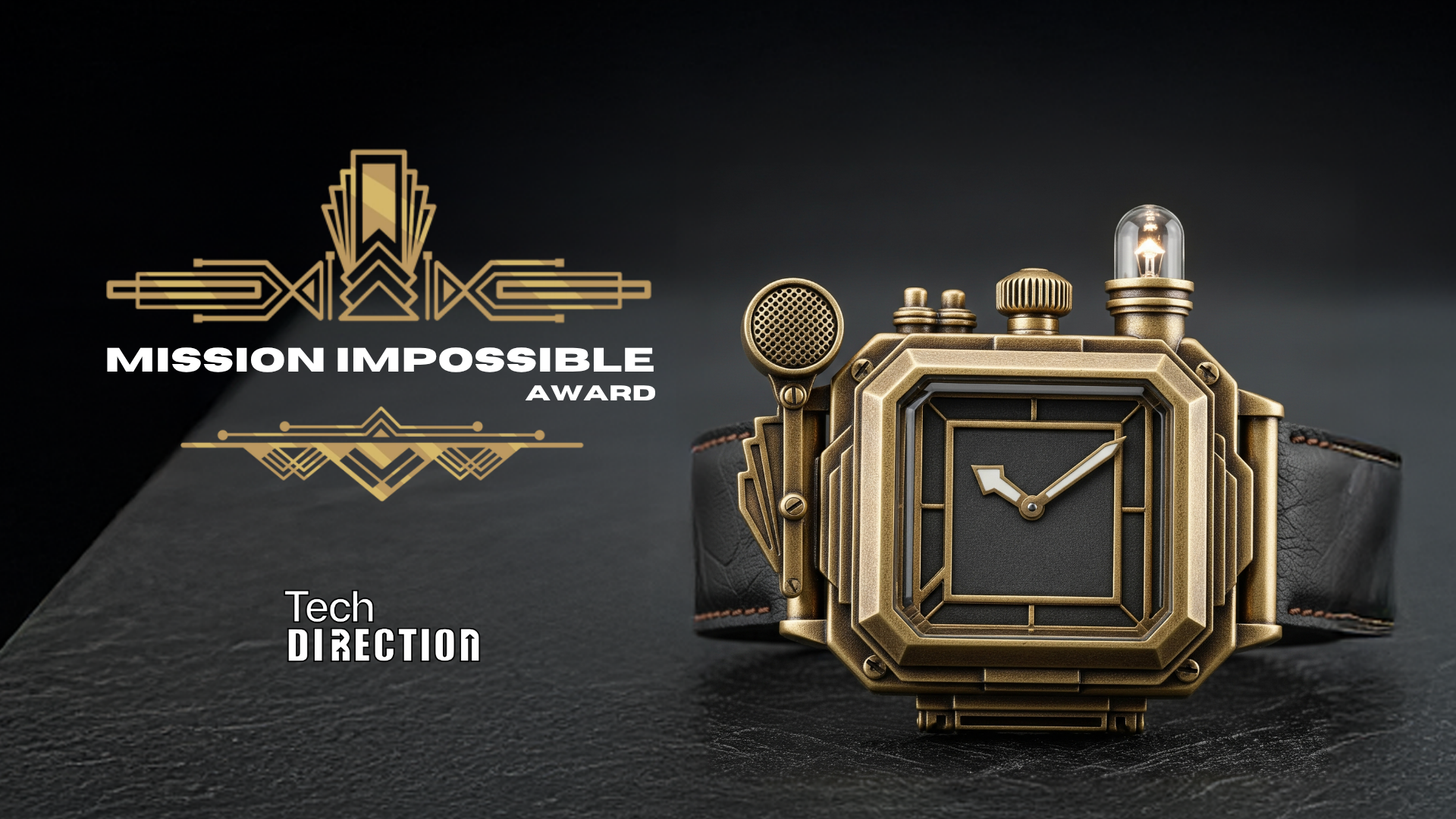Camera Techniques for Live Productions | By Tech Direction
Camera Techniques for Live Productions | By Tech Direction
Are you passionate about videography and camera operation for live productions? Whether you're a camera operator, or a technical director, or simply curious about the art of camera operating, this session is designed for you. Watch on for an exclusive training session featuring a very special guest, Gio Benavidez.
Sign up for future training sessions, book a meeting for technical theatre design services, or get in touch:
About Gio Benavidez
Gio Benavidez is a professional videographer and content producer for a major corporate media company known for his passion to create compelling content that tells captivating stories.
Tech Direction's mission is to empower creators to develop elevated experiences through innovative technology and design.
Thank you to Gio Benavidez, as well as Word of His Power Church for hosting us in London, ON.




